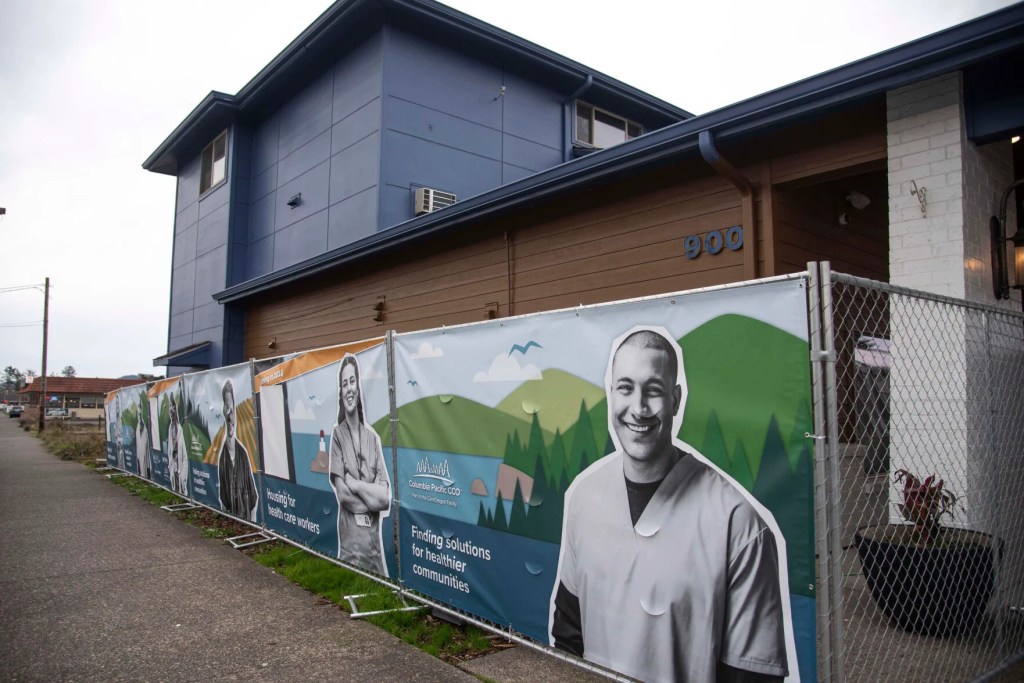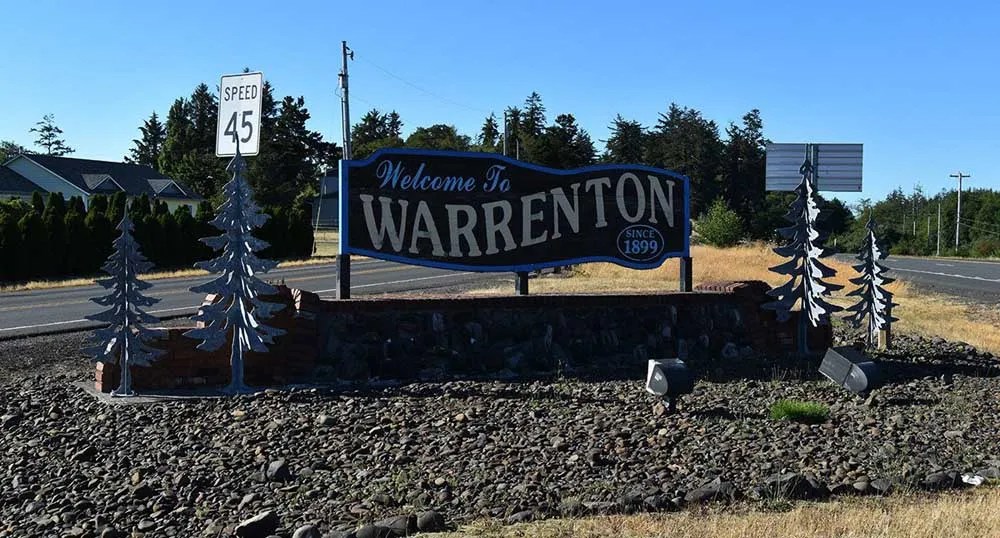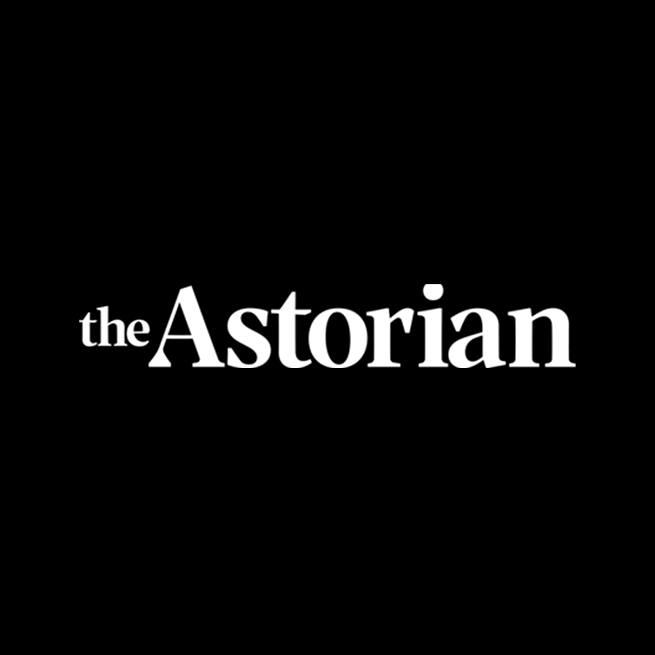Study shows need for low-income rental housing
Published 12:09 pm Wednesday, April 16, 2025

- The Hawk’s Eye Apartments opened in the fall in Seaside. Seventeen of the 55 mostly studio apartments are intended as an affordable option for the community’s most vulnerable lower-income residents. (Shannon Madison/The Astorian)
SEASIDE — A study on the amount of buildable land and the housing supply pinpointed a significant need for low-income rentals in Seaside.
The assessment, presented to city councilors Monday evening, is part of a countywide initiative between Beaverton-based community planning firm 3J Consulting and Clatsop County Housing Manager Elissa Gertler to determine the status of housing stock and address the county’s homeless crisis.
Seaside has the highest rate of homelessness in Clatsop County, and the county has the highest rate of homeless individuals per capita in the state, with 1 in every 40 Clatsop County residents living unhoused.
Trending
The city currently has a population of 7,164, according to a 2023 census estimate, and a total of 5,074 housing units.
Forty-six percent of occupied housing in Seaside is owner-occupied, with about 38% of those homeowners spending more than 30% of their income on housing, known as being cost-burdened.
The other 54% of occupied housing is renter-occupied, with 51% of renters being cost-burdened. The study revealed that rental housing demand far exceeds the supply for lowest income households.
Steve Faust of 3J Consulting said that means residents in low-income households are spending way more than their incomes to pay for rent. On the other end, the few renters at high income levels are spending below what they can afford.
“And so what we end up with is a crunch in the middle,” he said.
1,474 housing units in Seaside are vacant, making up almost a third of the city’s total units. Of those vacant units, 90% are second homes and short-term rentals. Just 4.6% are available for purchase or rent.
Trending
Going forward, the city may consider offering incentives to property owners of vacant, unused lots to sell for development or adjusting policy to extend building heights and add more mixed-use housing options.
Seaside has seen a moderate but steady growth in population, with a 20% increase from 2000 to 2020.
Faust said that according to the Portland State University Population Research Center, another 2,000 or so residents are expected to arrive over the next 50 years.
But councilors viewed that number as uncharacteristically low, and Gertler interjected with a disclaimer that the PSU study, which is statewide, was projecting far less growth than the city had seen in the past.
“I think you guys are raising an issue that we know about in the county and need to keep bringing up,” she said, adding that every city in Clatsop County had expressed concerns about the projections.
The buildable lands inventory showed that Seaside has 170 acres of vacant or partially vacant land within the urban growth boundary before consideration of various obstacles.
Faust said that the biggest constraints have been land within the 100-year flood plains — the Federal Emergency Management Agency’s Special Flood Hazard Area — open water at least one-half acre in size, locally significant wetlands and steep slopes of 25% or more.
Land deemed unsuitable for development, such as areas in the public right-of-way, public parks, historic sites and properties that are unserviceable by infrastructure were also removed from the inventory.
“When we take all these things out, we’re left with our buildable land,” he said.
After constraints were removed, the inventory revealed a total of 83.5 acres of buildable land zoned for residential development in Seaside’s urban growth boundary. Around 65% of the land is vacant, while the remaining 35% is partially vacant, allowing for additional development.
“Homework for councilors is to look at your ward — or wards — specifically, before you look at anybody else’s,” said Mayor Steve Wright. “And go through it with a fine tooth comb, and see if you agree with what they’ve done.”
Another part of the study focused on infrastructure needs in the city that could enable housing production on buildable lands.
Much of the infrastructure needs revolve around data sourced from the Water System Master Plan, the Transportation System Plan and the Capital Improvement Program, which cite a need for the addition or improvement of a wastewater treatment plant, a water filtration plant, water reservoirs and water and sewer pump stations.
“That tells us about the system overall; those are certainly very important and very important to serving these expansion areas,” Faust said. “But it doesn’t tell us if there’s any specific infrastructure needs to reach certain areas … In our final report, we’re going to have a map with opportunity sites and cite different infrastructure needs that could unlock additional lands for housing.”
“We want to give you this information with the idea — knowing that Seaside in particular has really been quite proactive about housing and taking really good steps — to help you think about how this might inform what you do next,” Gertler told councilors.









